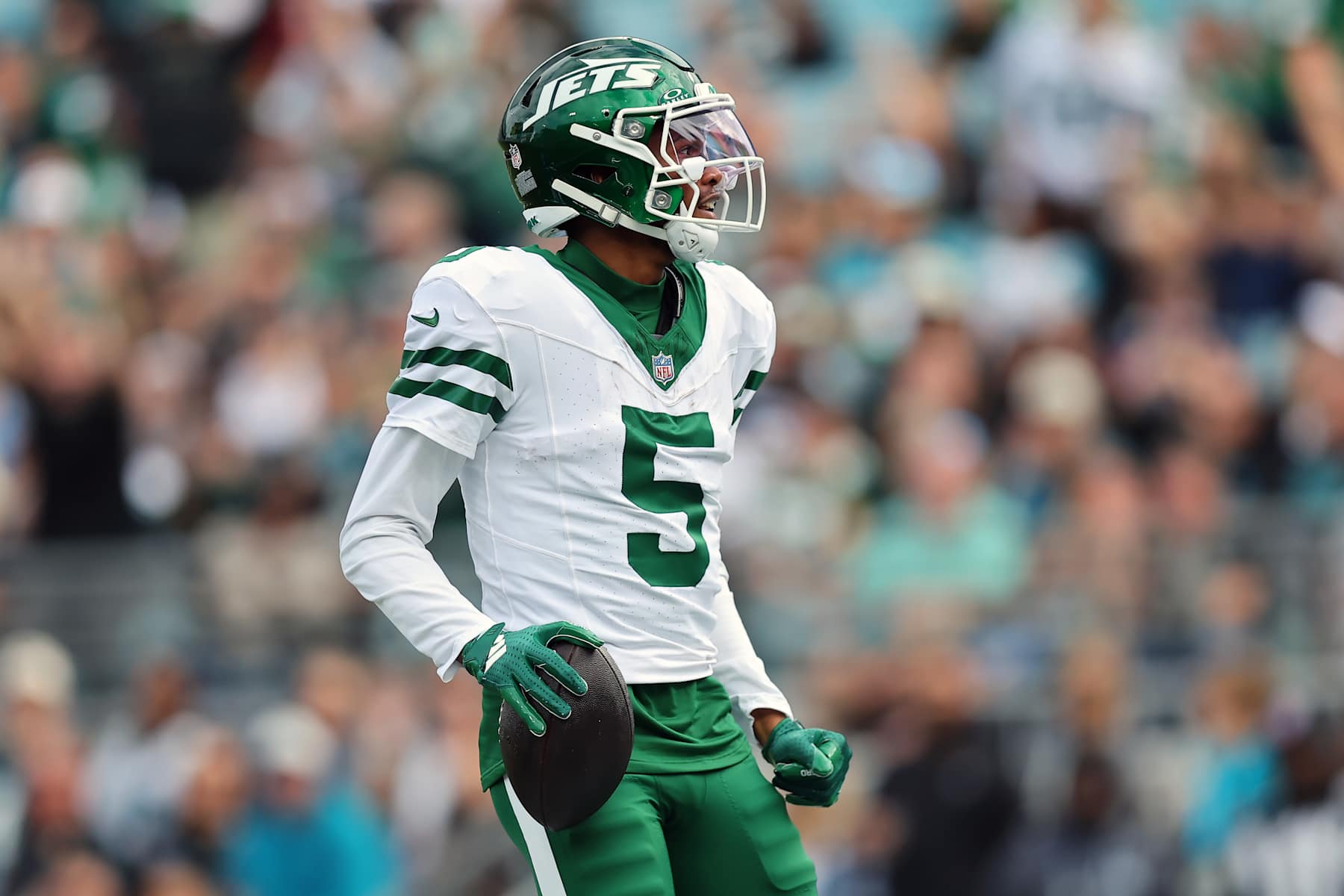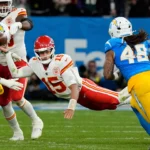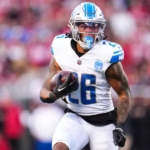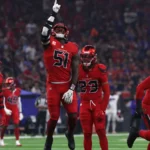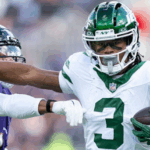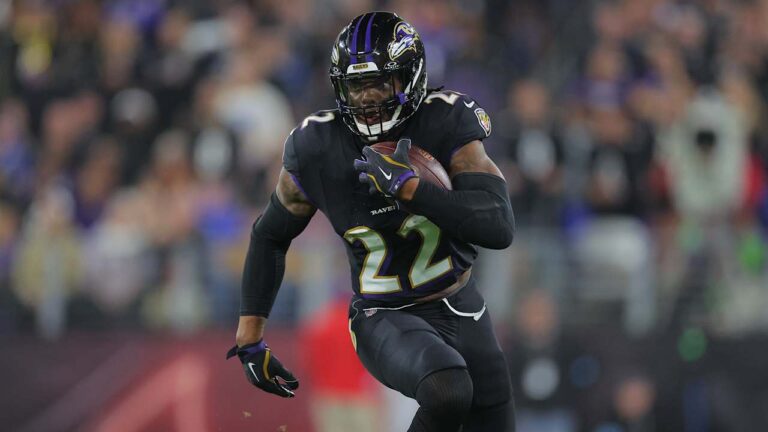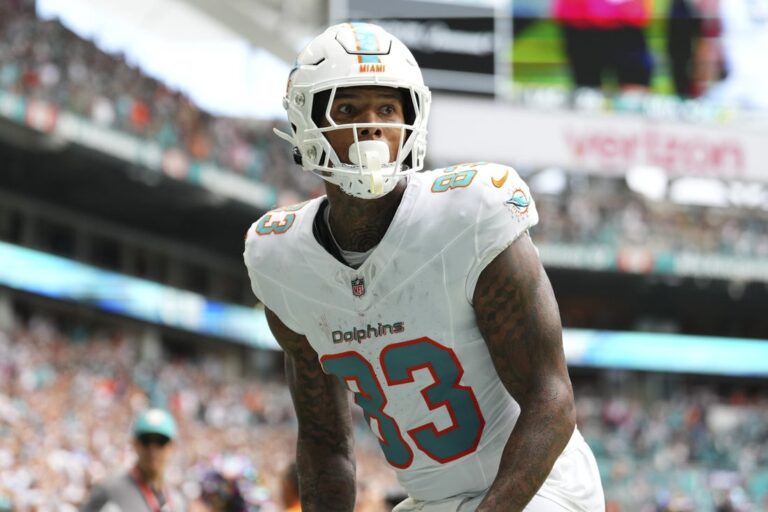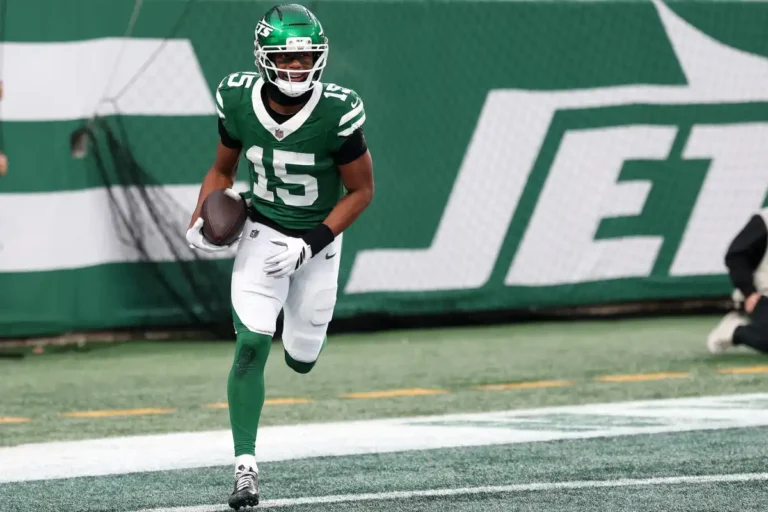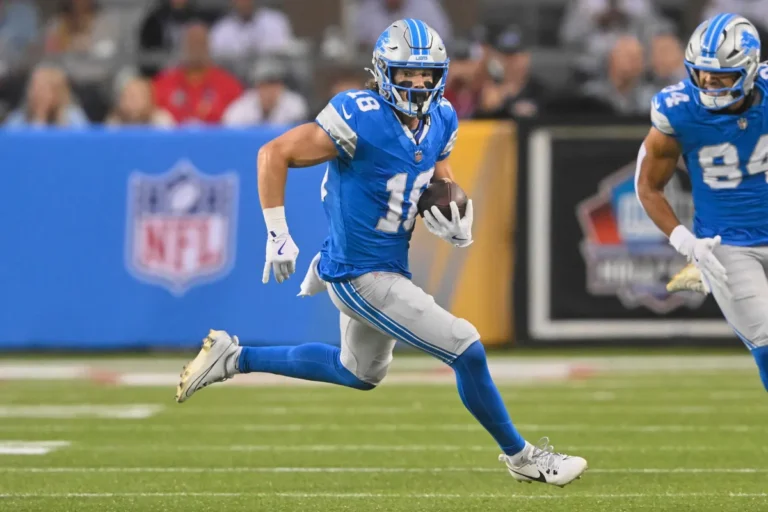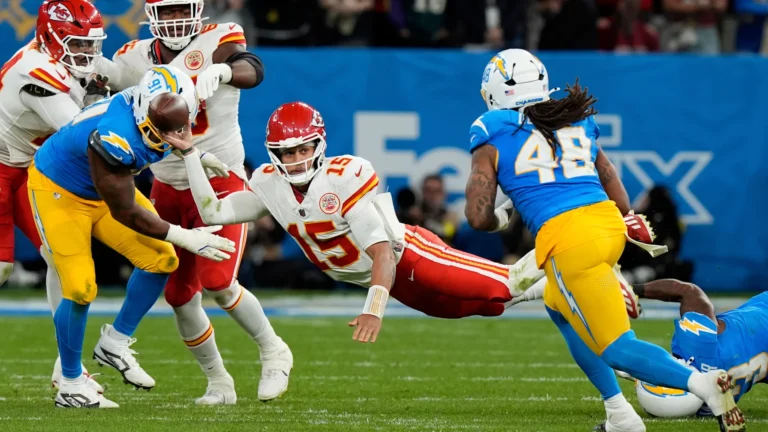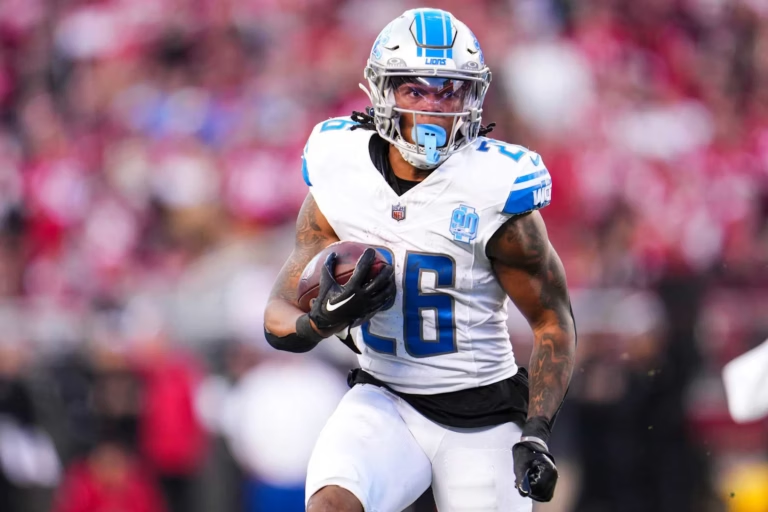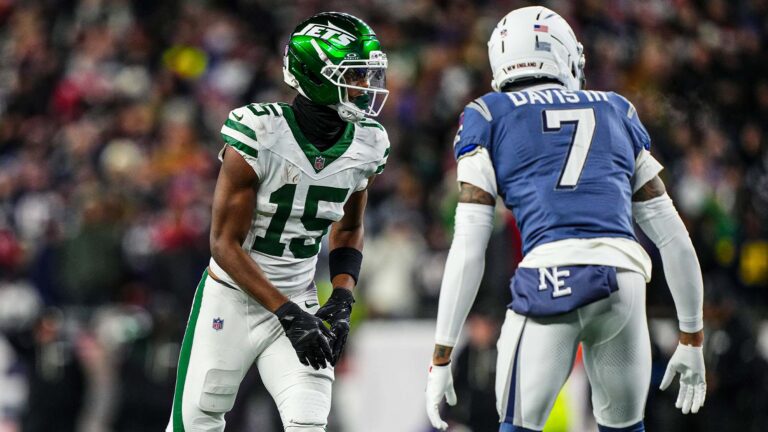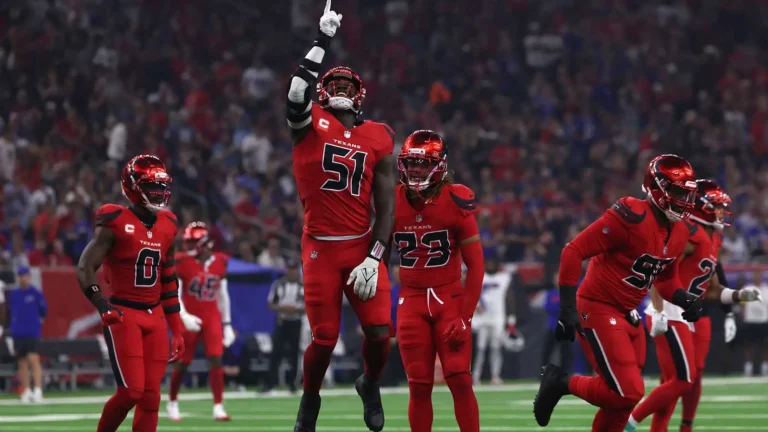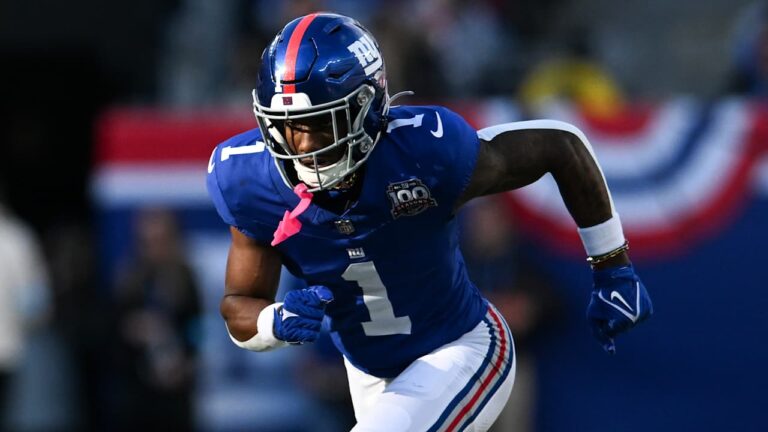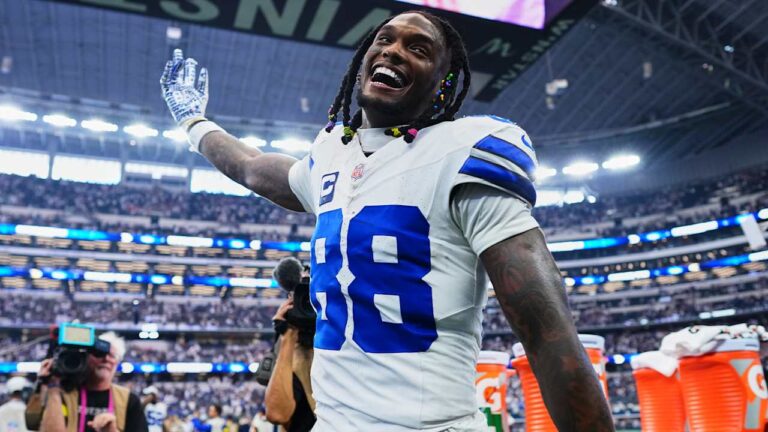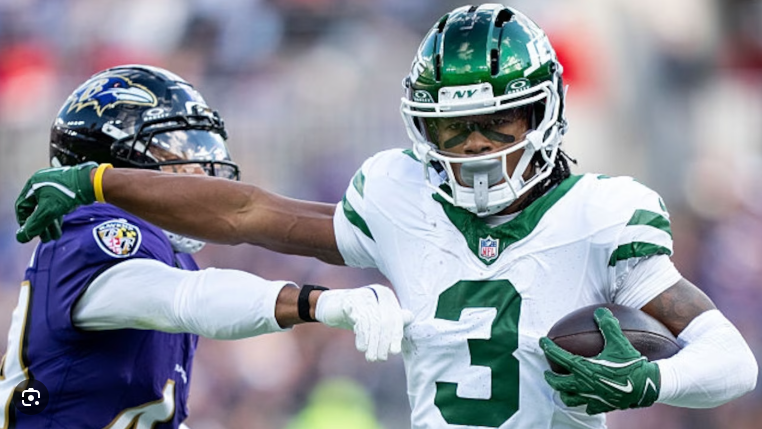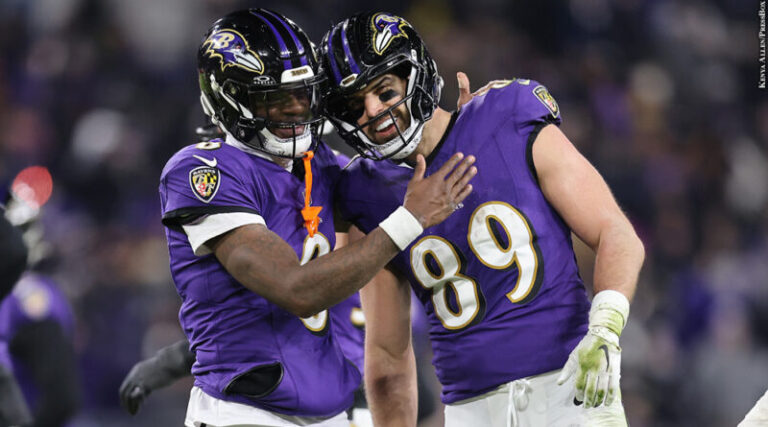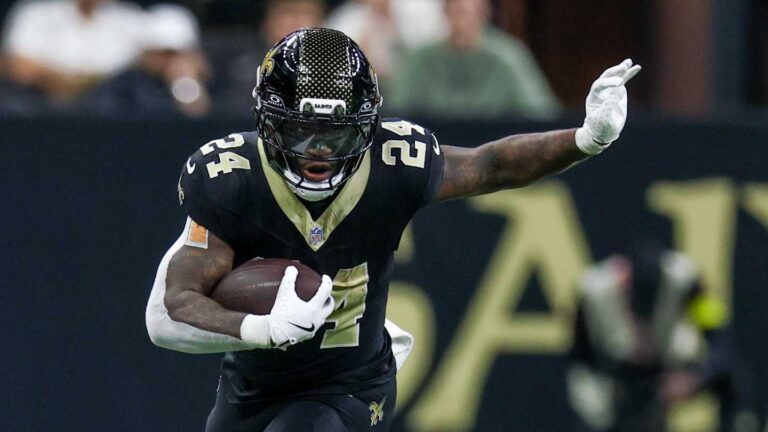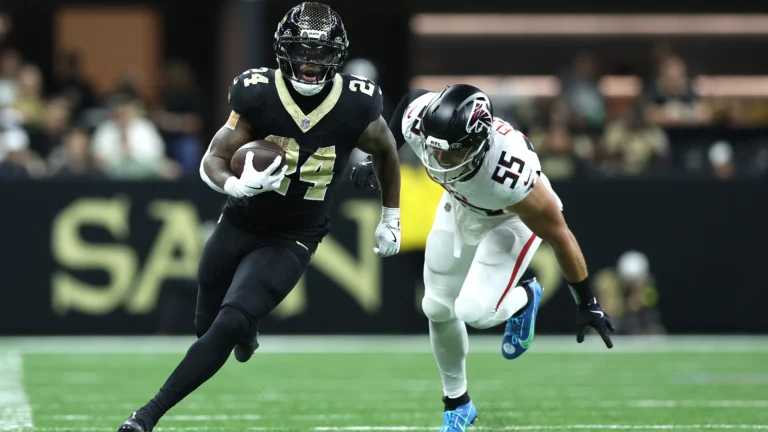In dynasty fantasy football, it’s about shaping a team in the long run. This puts a manager in a dilemma of choosing between cashing in on young talent and investing in veteran certainty. Each path has its ups and downsides, and in the end, it’s about the manager’s approach to risk.
In this article, we’ll go over both approaches and examine their pros and cons. As with any decision with long-term consequences, it’s about weighing risk and reward.
Why This Trade Decision Matters in Dynasty
The dynasty approach became popular when fantasy football blew up. It’s now a big part of sportsbook betting sites, and experts from Webopedia claim that young players are playing fantasy football in much larger numbers than in previous generations.
Unlike redraft formats, dynasty leagues carry rosters across seasons. That way, rookie players retain substantial value over time. Trades, therefore, have a compounding effect, and one mistake made when trading could end up haunting a team over the seasons to come. With that much riding on the decision, the question of choosing between young talent and proven veterans becomes even more important.
The Upside (and Pitfalls) of Young Talent
Pros
Young players, and most of all, those entering their second or third year, are the most valuable assets in fantasy football. They can deliver several seasons of productivity before injury or age takes its toll. Garrett Wilson or Amon-Ra St. Brown managed to do just that, and the managers have built the rest of the team around them.
These players are also the least expensive to acquire. A lot of the time, a team could get a top-tier player for just a fraction of the price. The players can also be flipped and used to finance the rest of the team.
Exciting young players generate buzz and can have a multiplying effect on the team and the ability to pursue talent. This is especially useful during the bidding wars that sometimes form.
Cons
Uncertainty is the biggest con of this approach. Not all young, talented players become productive and deliver results. It’s not always easy to know who will pop up. It’s also difficult to say which talented players won’t be able to showcase their skills because they don’t fit the coach’s scheme and strategy.
Every roster decision is an opportunity cost since it diverts funds from other potential transfers. By chasing long-term potential with younger players, some short-term opportunities may pass you by. Managers who have too many potential talents on their roster may find themselves in rebuild mode all the time.
Hype drives the rookie market as it does any other. The so-called rookie bubbles tend to form over time, and, as with bubbles in the financial markets, they burst. This leads to inflated trade prices, and managers end up paying for unproven talent.
The Case for Proven Veterans
Pros
The most important benefit of working with veteran players is the stability they provide. They come with data, a proven track record of production trends, snap counts, injury history, and usage patterns. The managers can use this data to predict outcomes and project the output with great accuracy.
Trading veterans is also a win-win proposition. They improve the team as soon as you acquire them, and it’s easy enough to transfer them to another team if they don’t work out. Transferring veterans isn’t about building for the future, but about creating a roster of the best team at the moment.
This is where the last benefit comes in. There’s much more flexibility in using veterans because the commitment to an individual player is much shorter than it would otherwise be. The managers can pivot midseason when needed.
Cons
Veteran players will age out soon after they’ve been signed up. That’s just the reality of the game, and veterans can’t really compete with younger players for long, regardless of how talented and experienced they are. There’s also a much greater chance of injury for these players, and for the same reason. That’s a risk a manager needs to take.
Acquiring veteran players is much more expensive than getting young talent. The team is paying for the experience they bring, and to land one, the team also needs to part with a future draft pick. Smart dynasty managers weigh both the player’s expected production and their remaining “value window” before deciding to make a transfer.
There’s little resale value for veteran players, as veteran players stop being a sought-after commodity after a while. A value cliff is a term often used to describe a sudden drop in value that many veteran players experience at some point. Managers who are stuck with too many veterans end up being in the “dead roster” territory.
